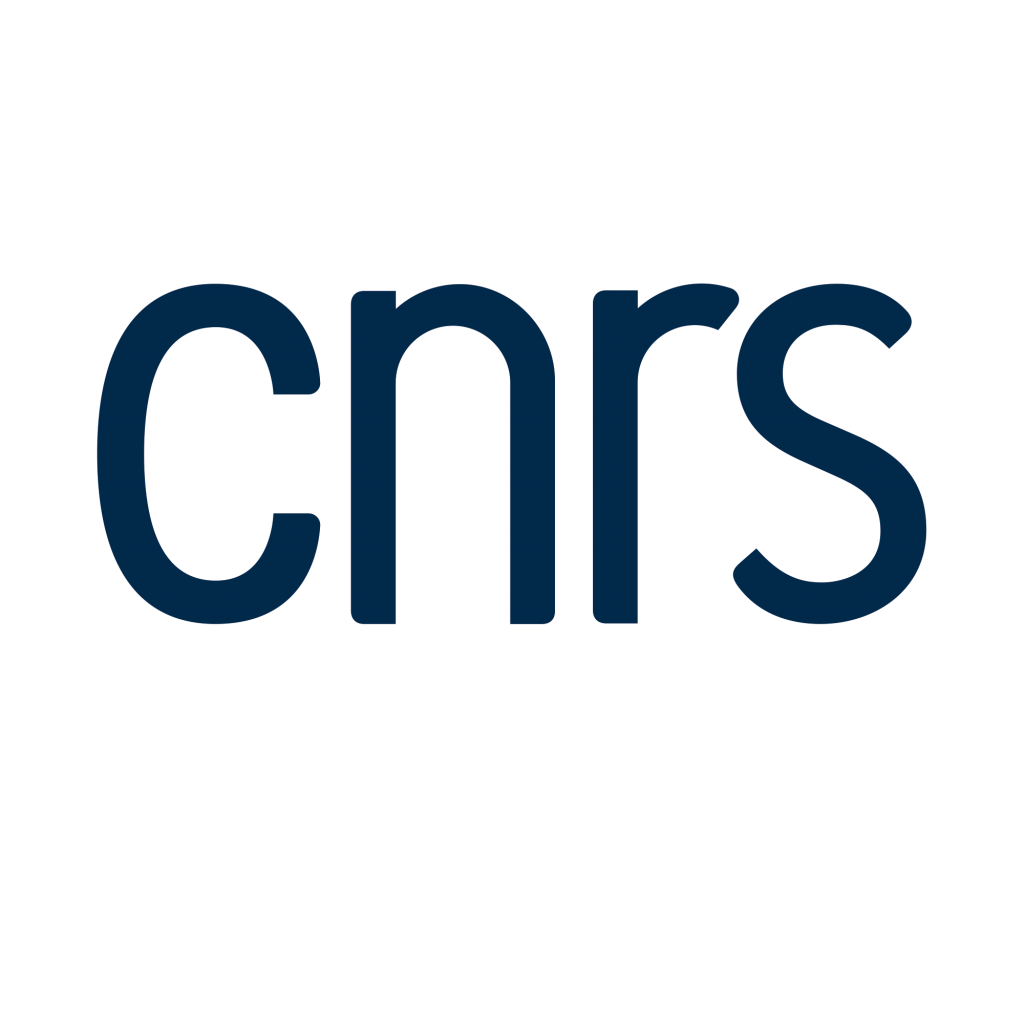DEA : Décharges Électriques et Aérosols
Responsable: Jean-Pascal BORRA
Objectives, strategy and applications
At LPGP, the topic “Plasma-based aerosol processes” focuses on non-thermal plasmas controlled in atmospheric pressure electrical discharges. To highlight recent developments of atmospheric pressure Plasmas, confined plasma filaments with large ranges of operating conditions in terms of energy, fluxes and related gradients of temperatures and densities, are used as sources of:
- Charged species, like ions/electrons for aerosol charging.
- Reactive species, like radicals for polymerization or electron for salt reduction into Metal NP.
- Condensable vapors for Nucleation (Nanoparticle -NP- formation) and Nano Composite coatings.
Basic mechanisms implied for production, processing and measurement of solid/liquid particles suspended in gases (aerosol) are first identified by demonstrative experiments. Then, coupling plasma and aerosol sciences leads to applications for “Environment”(aerosol measurement and filtration) and “Materials” (multi-Metal NP and nanocomposite coatings), based on :
- Electro-thermal characterization and simulation of electrical discharges (Corona, streamer, spark and DBD) versus geometrical, thermal and fluid flow parameters to control :
- Charge and energy distribution of plasma filaments
- Dynamics of energy injection and deposition in the gas and on surfaces
- Electro-thermal couplings (Power, Flow rate, surface and gas Temperatures)
- Gas and Nanoparticle characterisation versus plasma operating conditions to identify :
- Mechanisms of production of condensable species (for physical or reactive nucleation)
- Mechanisms of heat and mass transfers (diffusion, convection, adiabatic expansion)
- Conditions of nucleation, coagulation and charging Gas and Nanoparticle characterisation versus plasma operating conditions to identify:
- Kinematics of solid/liquid nanoparticles suspended in the gas -> Definition of optimal plasma conditions versus targeted application
- Development of experimental test and sampling facilities of proposed processes, applied to :
- Environment (Aerosol charging for filtration and size distribution measurement)
- Materials (Tailored Nanoparticles-NP-, composite nano-structured powders and coatings)
Research topics
- Discharge physics of non-thermal atmospheric pressure plasma: electro-thermal characterization of Corona, Streamer, Spark and Dielectric Barrier Discharges. Readers can refer to [ 3, 10, 11, 17, 18, 22, 25, 31, 33, 38, 40, T14, T15, T19, T21, T27, T30, T33 ]
- Nucleation: non-thermal plasma filaments in inert gases, streamers and sparks, are used for the synthesis of NP by plasma-surface vaporization of any material (Metal, MOx, Polymer [18, 20, 24, 26, 44, T30, T31]). Operating plasma parameters, like energy per filament and dynamic of energy deposition on surfaces, can be tuned to control surface heating, melting, vaporization as well as adiabatic expansion and cooling of the vapor plume, leading to NP by physical nucleation. In other words, plasma properties can be adjusted to control the conditions of NP synthesis and related properties (cf. Ex.1, [14, 19, 24, 26, 44, T30, T31, T34]). Otherwise, reactive nucleation can be used for post-DBD in-flight coating of catalytic Pt NP, by PE-CVD of TEOS (cf. Ex.2, [12, T34]).
- Plasma processing of Aerosol Aerosol charging and kinematics in plasma chargers for diagnostic: Discharge and ion currents are used to achieve stable size-charge relations, required for data inversion of electrical mobility into size distribution (PM10 to 0.1), with unipolar Corona ions (Ramen® and CSIC 2007-10 [23, 29], IRSN 2009-16 [6, 7, 11, T32] and NCTU Taiwan 2020-24 [1, 4, T35]) or bipolar ions from DBD (Palas® 2013-16, [3, 10, 25, 26, T33]). Aerosol injection in DBD for plasma activated reactions (polymerization, ox-red): liquid/solid particles can be injected directly in DBD for simultaneous polymerization and reduction of salt into Metal NP, detailed for plasmonic nanocomposite films (cf. Ex.3, [2]). Otherwise, post-DBD have also been used for softer reactive conditions to preserve the initial monomer functionalities in the final grafted polymer coating. This polymerization of liquid precursor for coating with functional polymers is detailed in [16, 21, 27, 28, 31, 32, 44, T28, T29])
- Electro-spray (EHD fragmentation of liquid jets and charged aerosol kinematics): this droplet generator can be used for bipolar mixing of droplets, leading to suspended microreactors with selected stoichiometry of reactants so-mixed, for the synthesis of tailored nano-structured composite particles, eg with tunable stoichiometry of muti-Metal oxides particles [41, 45, T23] as well as for coatings.
Cooperations (2019-2023)
- Since 2008 : TU Clausthal, Germany / Metal NP production and in-flight SiOx coating
 TU Clausthal www.mvt.tu-clausthal.de/
TU Clausthal www.mvt.tu-clausthal.de/ - 2020-21: CNRS Task Force about C19 / Filtration efficiency versus cleaning and decontamination methods tested for reuse of FFP2
- 2020-2024: NCTU Taiwan / particle size and concentration measurement by Corona charger, non-bouncing impactors and faraday cage electrometers (20-560 nm)
- 2021-22 : Institut National de Recherche sur les Risques et la Sécurite professionels (INRS) / Indoor Air Quality versus aerosol formation due to ionisers used as air purifiers
 INRS www.inrs.fr
INRS www.inrs.fr - 2021-25: PROMES, LAPLACE and LSPM for PLASSEL ANR / Aerosol droplet evaporation dynamic for nanocomposite coating by DBD with Gold NP embedded in a C polymer matrix
- 2023 : DMCO SME / Evaluation of acoustic waves efficiency on filtration performances.
- IPPGG Laboratoire Procédés Plasma – Matériau (2PM) de l’Institut de Recherche de Chimie Paris, Institut Pierre-Gilles de Gennes pour la micro-fluidique
 équipe 2PM
équipe 2PM
Team members
Researchers
- Jean-Pascal BORRA : Research Director
- Emmanuel MARODE : Volunteer Research Director
Ph-D students
- GONG Wen-Cheng : PhD Student, co-direction Institute of Env. Engineering, Taiwan University,
- thesis defended on nov. 22 2023
EXPERIENCES
In memory of Max Goldman
Max Goldman passed away in the Jerusalem mountains in the early hours of Sunday August 13, 2017, at the age of 86.
After starting his career with the French Ministry of Defense and the French Atomic Energy Commission (CEA), he joined the French National Center for Scientific Research (CNRS) as a self-taught scientist, with diplomas from the CNAM and a university doctorate on vacuum discharges for the development of a flash X-ray tube. Then hired as deputy director of the Laboratoire de Synthèse atomique et d’Otique protonique in Ivry, he joined Supelec, where he set up the CNRS Laboratoire de Physique des Décharges, first located in Malakoff, then transferred to Gif in 1974, and which in 1996 became associated with the Laboratoire de Physique des Gaz et des Plasmas of the Université Paris-Sud (UMR 8578).
Max Goldman has never ceased to be interested in the basic phenomena of the initiation mechanisms and spatial and temporal development of a panoply of different types of electric discharge, as well as in their physico-chemical properties, with a constant concern to find new applications.
Together with his colleagues, including Emmanuel Marode, Gildas Hartmann, Gérard Berger, Robert Haug, as well as Jean-Pascal Borra and Emmanuel Odic among the youngest, and sometimes in collaboration with Prof. Amouroux of Université Paris VI-ENSCP or Prof. Sigmond of the University of Trondheim in Norway, he has contributed to the development of numerous plasma processes (surface treatments, lightning conductors, ozone generators, VOC depollution, aero production/filtration, etc.). Sigmond from the University of Trondheim in Norway, he has contributed to the development of numerous plasma processes (surface treatments, lightning conductors, ozone generators, VOC depollution, aerosol production/filtration, bacterial decontamination, etc.), subjects which are still topical as they are still being developed in various “plasma” laboratories.
To those who had the good fortune to have known him, Max Goldman leaves behind the memory of a man who was very close to his wife Alice in both his professional and private life, naturally optimistic, enterprising, enthusiastic, combative, warm-hearted, always ready to give to help and always proud of the vocations he was able to inspire in young people.
Laboratoire de Physique des Gaz et des Plasmas
Bat 210, rue Henri Becquerel
91405 Orsay Cedex
Phone: (33) 01 69 15 72 51
SOCIAL NETWORKS


